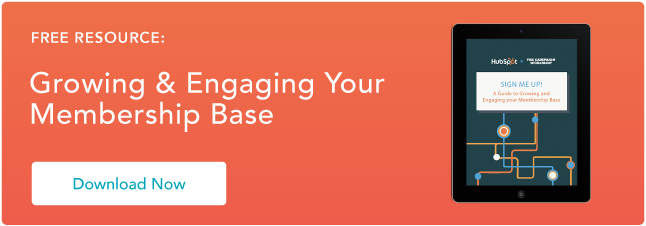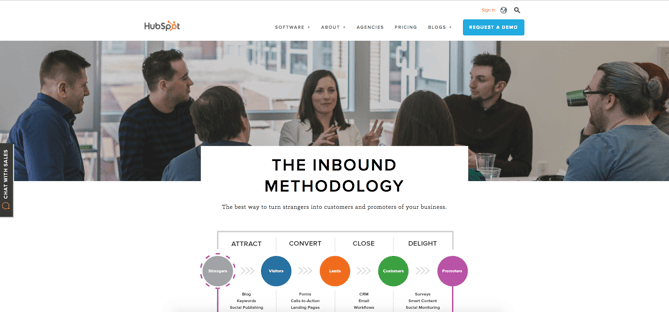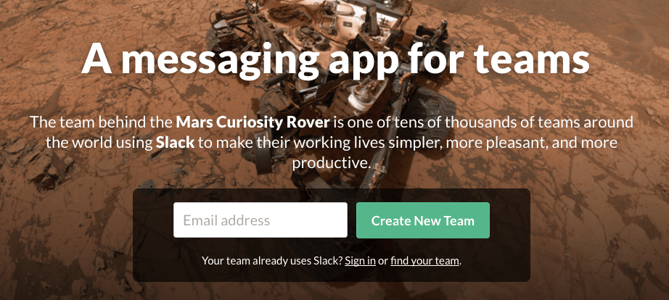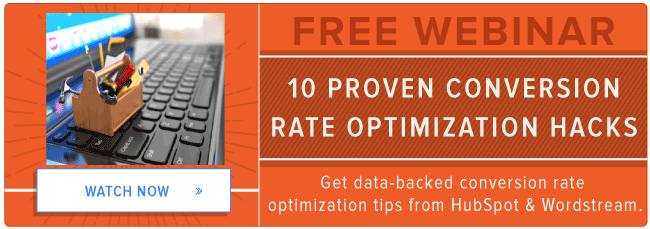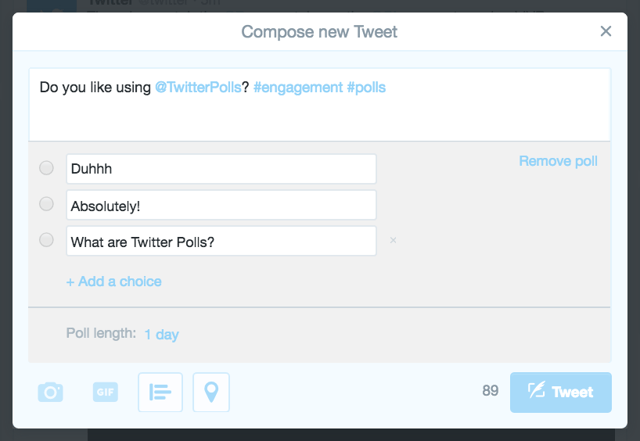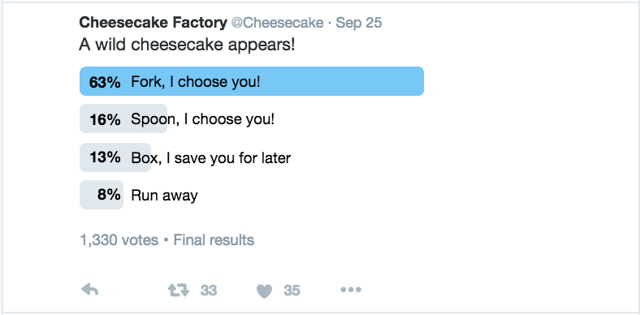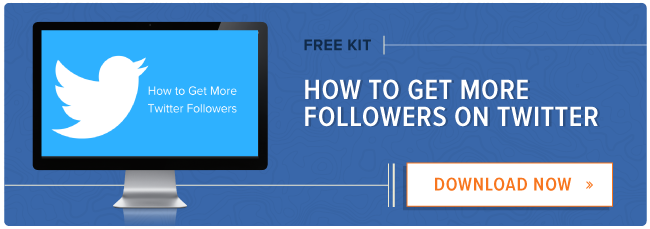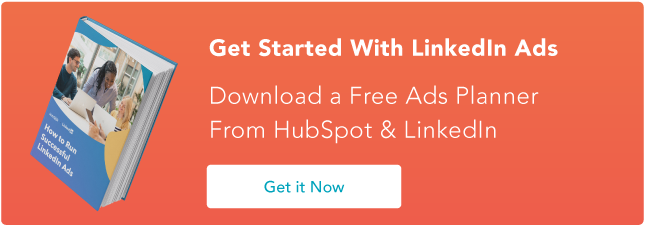
Clarity is the key to efficient, productive marketing. Unfocused efforts keep your team busy, but they're not going to get you the new membership or product enrollment numbers your credit union is looking for.
Your team works hard. Ask yourself these five questions to ensure they're also working smart and targeting their efforts on activities that can get more from your most fertile opportunities with both your prospects and current member communities.
1) What's My Definition of a Lead?
Many people visit your website for a lot of reasons. Some of them may even be interested in your services and products. That still doesn't mean they're a good lead for your credit union. Maybe they don't live within your target area or don't meet a minimum income amount.
A "good" lead is someone who meets your persona criteria, and who's also shown readiness to move into the decision phase. In other words, they're getting ready to put their money down somewhere. Once ready, it's time to pass the lead on to business development.
But your business dev team doesn't have the resources to invest its efforts on prospects who aren't yet leads. For the sake of interdepartmental harmony, team up and define what behaviors and criteria tell you both when someone is ready and able to be a good fit for your credit union.
2) Where are the Conversion Points on my Website that Gather Information?
Conversion points on your website are opportunities for you to gather intel so you can market to prospects and leads more effectively.
Visitors are in all different stages of their buyer journey Some want to learn more, but aren't yet ready to join. (And every visitor may not be your target persona.) You can't just give them one option such as the "Join Now" button. That's because not all of them are ready to sign up for your services.
Have some premium content offers — such as a selection guide on how to clarify what credit card perks will give them the best return based on their habits and financial needs. The forms used for premium offers can ask for a more "personal" information — e.g. how many years away from retirement they are, or how many credit cards they currently hold. We call this progressive profiling and it will let you collect an on-going stream of valuable intel without scaring away your prospects.
You can also collect phone numbers with a "request a call" form for prospects ready to become leads.
If you don't have multiple conversion points where visitors with different needs and in different stages can provide you with information, you're not learning nearly enough about your prospects.
3) Do I Have an Email Program for Prospects that Offers More than Just Financial Services?
If all you're doing with your email marketing is selling, you're ignoring what makes inbound marketing so effective. Educate. Entertain. Use your content to create a relationship and position your credit union as a trusted authority.
When you build that foundation, the selling part comes much easier. Send emails sharing blog posts or reports that answer important financial questions. Send emails that update people on relevant, important news that impacts them. First instance, perhaps there's been recent data breach at another financial institution in the news. You could use that as an opportunity to send contacts and leads in your database an email with five tips on protecting their identity and reassure them of the tight security practices in your own organization.
A good baseline ratio is 4:1. For every five emails you send, only one should be about selling.
4) Do I Have a Retention Plan that Offers More than Just Product/service Updates?
An inbound marketer's work isn't done once someone becomes a member. Your credit union has lifetime value goals for its members. After all, you want to keep churn rates as low as you can. Getting new members is more expensive than growing the value of a current member.
This is the "Delight phase" of the inbound methodology. Just as you want to educate and entertain your prospects and leads far more often than you sell to them, take the same approach with your current members.
Continue to educate current members about relevant financial concerns, independent of promoting any product or service. You can blur the lines a bit here by sending content that helps them better use the product or service they already have with you. You're not upselling here. You're educating active and dormant members to make sure they're getting the most from what they already have.
You can also offer members other opportunities to benefit from their membership that don't involve buying a new product or service. Do you have member events? Send a survey asking for their feedback on the credit union or about their current concerns and priorities in their financial planning. Run a promotion to get them to share their story of how they're using their membership and get some great user-generated content.
5) Do I have a System to Measure Prospect Generation and Prospect to Lead Rates?
The beauty of digital marketing is all the actionable data you can use to refine your efforts and improve your marketing ROI. The basic metrics you need to know for each campaign are how many prospects were generated and what percentage of these prospects became leads and how many of those because members. If you can't quantify where you're generating quality leads and how many you're generating, you can't set targets to direct your efforts productively.
To know where your prospects and leads are coming from, you need a back-end attribution system. If you run a Facebook and Instagram campaign promoting your premium offer, your system should be able to tell you who downloaded the report after being directed from Facebook and who downloaded it via organic traffic to your website. That's valuable intel on how (or whether) to use Facebook and/or Instagram. This is the prospect part.
You still want to know how many of the prospects who downloaded this report continued to take action that reflected growing interest and demographics that qualified them as a lead. When you have a back-end system that tracks this information, you might find out that your Facebook and Instagram ads produced comparable numbers of prospects, but the Facebook prospects converted to leads at a much higher rate.
You need this kind of intel so your team isn't relegated to operating under the outdated cliché of not knowing which half of your marketing works and which half doesn't.
Start with these five questions to make sure your team operates under a better cliché: working smarter, not harder. Keep their energies focused on the activities that provide bottom line return. And watch the results roll in!
via HubSpot Marketing Blog http://bitly.com/2fFEVqV
